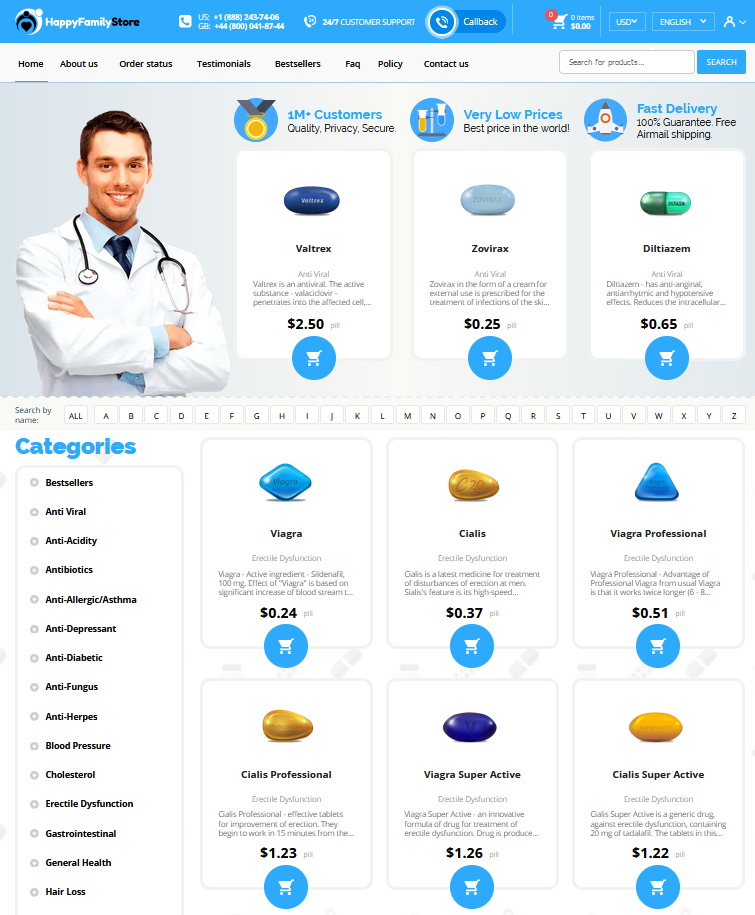
Understanding Zofran: What It Is and How It Works
Oftentimes presecribed as an elixir, Zofran is an antiemetic drug primarily used to prevent nausea and vomiting. Originally devised for cancer patients undergoing chemotherapy, it's become significant in the pediatric setting. Zofran operates by blocking the actions of chemicals in the body that can trigger these discomforts. Unlike OTC medications, Zofran must be taken under teh guidance of a healthcare professional due to its powerful effects and potential interactions with other drugs. Each comp of Zofran has its own specific role and effectiveness in pediatric treatments.
Approved Pediatric Uses: When to Consider Zofran

For parents navigating the healthcare maze, understanding when Zofran is a suitable option for their child can be empowering. This elixir of relief is often prescribed in pediatric settings for conditions that cause severe nausea and vomiting. Zofran is generally considered when traditional remedies, like dietary changes or OTC solutions, fall short in managing a child’s symptoms. If, after your child takes a prescribed script, the vomiting continues, and a quick, effective solution becomes mandatory, consulting with a healthcare provider can be a game-changer.
Proper Dosage: Safe and Effective Amounts for Children
Determining the correct dosage of Zofran for children requires a careful balance to ensure safety. Dosage is usually determined by the child's weight, with doctors often scripting the medicine based on kilograms to provide a precise measurement. While it might be tempting to reach for a 'stat' solution when your kid is unwell, sticking to the prescribed dosage is crucial to avoid any negative side effects. It's like navigating through a pharmageddon of choices, where the right course leads to comfort and relief.
When it comes to administration, the 'sig' on your prescription will offer essential details. For most pediatric patients, a typical dose might start at 0.1 mg/kg per dose, taken orally, but this can vary. Always double-check with your healthcare provider to ensure the script aligns with your child's specific needs.
Keep in mind, errors in dosage can lead to serious harm or ineffective treatment. Thus, actively engaging with healthcare professionals, discussing any concerns, and obtaining a hard copy of the prescription before heading to the drive-thru can enhance accuracy. Remember, understanding the proper dosage isn't just about ticking boxes; it's about ensuring your child's health and comfort.
Possible Side Effects in Pediatric Use of Zofran

When considering Zofran for pediatric patients, it's important to be aware of the side effects that might occur. While this medication is generally well-tolerated, some children may experience headache, fatigue, or even constipation. More serious side effects such as QT prolongation, a heart rhythm disturbance, might occur but are rarer. It's crucial for caregivers and healthcare professionals to monitor patients and take note of any changes in their condition. Keep an eye out for what might seem like a minor ailment in children—sometimes little ones find it tough to articulate discomfort.
In the medical world, the script is essential for guiding proper care, providing not just the Zofran but a clear sig too. Parents should always seek guidance to ensure they adhere to the prescribed dosage and timing, reducing the risk of adverse reactions. Careful attention to instructions helps ensure that all necessary precautions are in place, promoting a safer treatment journey for young ones.
Understanding potential hangovers from medication can be helpful. If side effects occur, parents may find relief in knowing that some symptoms are common and often mild. Investing time to ask clarifying questions during a meds check fosters a reassuring environment, transforming what could feel like a pharm party of unknowns into a more manageable experience. Communication with healthcare professionals is the key to navigating any bumps on the treatment path effectively.
Precautionary Measures: Ensuring Safety in Treatment
When administering Zofran to pediatric patients, ensuring safety is paramount. Parents need to double-check the script and ensure that the sig is crystal clear to understand. Dosage errors can happen, so it’s essential to have a "Count and Pour" moment to verify intentions align with actual administration. Further, keeping a close watch for any deviating reactions, even if they appear as minor as "Happy Pills" hangovers, can make a significant difference in recognizing side effects early.
Additionally, having a strategy for a timely response to adverse effects is vital. Before starting treatment, take time to consult with your "White Coat" and discuss any concerns you have regarding other medications or possible drug interactions. This proactive approach can help tackle issues stat and avoid a pharmageddon of unexpected symptoms. Precaution can ensure that the benefits of Zofran are maximized safely for your child.
Consulting Healthcare Professionals: Key Questions to Ask
When preparing to consult healthcare professionals about Zofran, it's essential to approach the meeting with a clear understanding of your child's needs and a list of targeted questions at your side. One crucial question relates to the proper dosage, as dosing errors can lead to unwanted side effects. Ensure they provide the sig—directions on a prescription—clearly and ask if any adjustments might be needed over time.
Furthermore, inquire about insurance coverage. Will there be any surprises at the pharmacy or any conditions under wich prior authorization (PA) might be required? Knowing whether generic options are available could also be pertinent, as they might resemble 'count and pour' alternatives yet achieve the same efficacy.
Finally, don't hesitate to discuss potential side effects. Understanding what is considered normal versus when something should raise a red flag is indispensable for monitoring the treatment's effectiveness and safety. Engaging in quality time with the healthcare provider can reveal vital insights that might not be readily apparent. This ensures that both you and the medical team are aligned in providing the best care for your child.